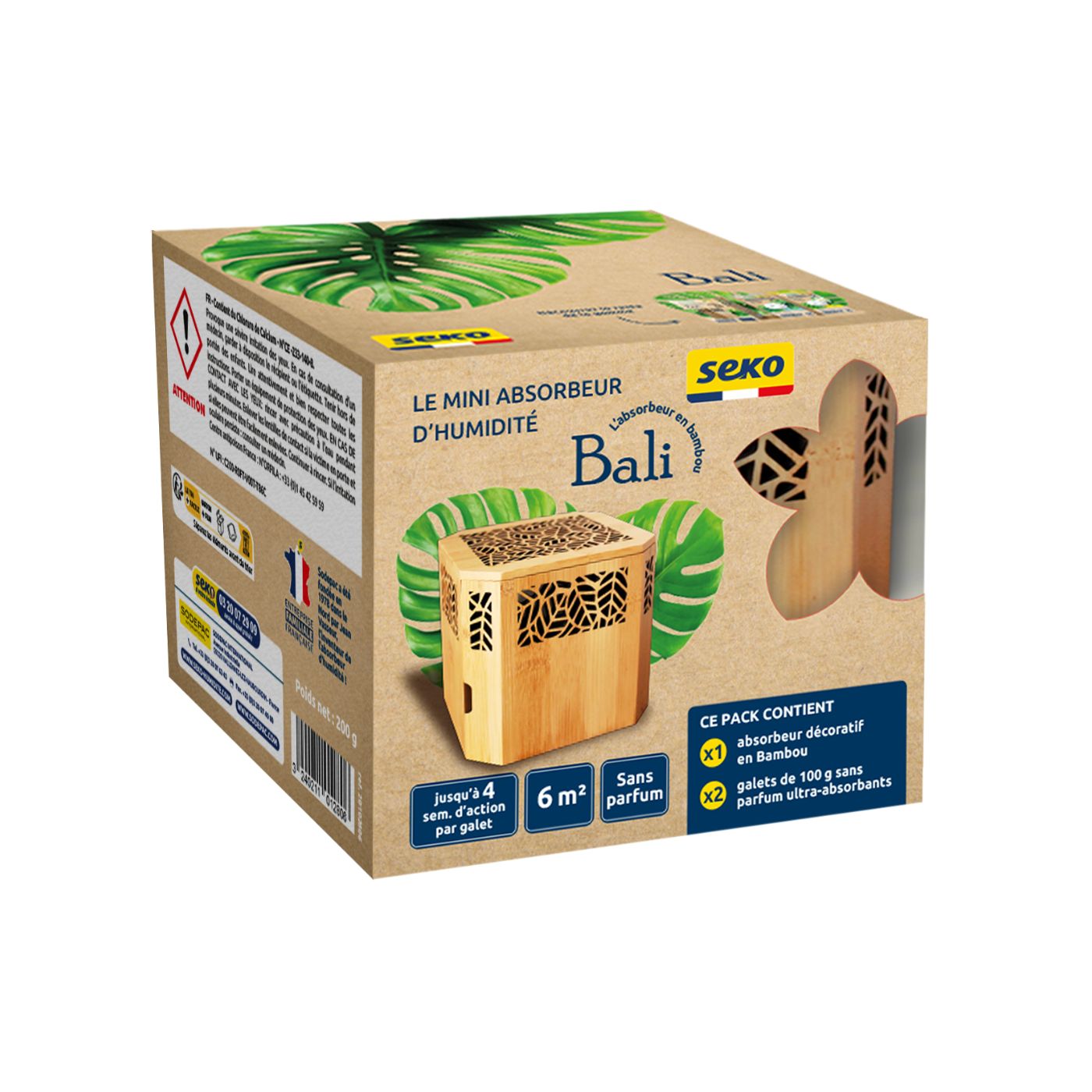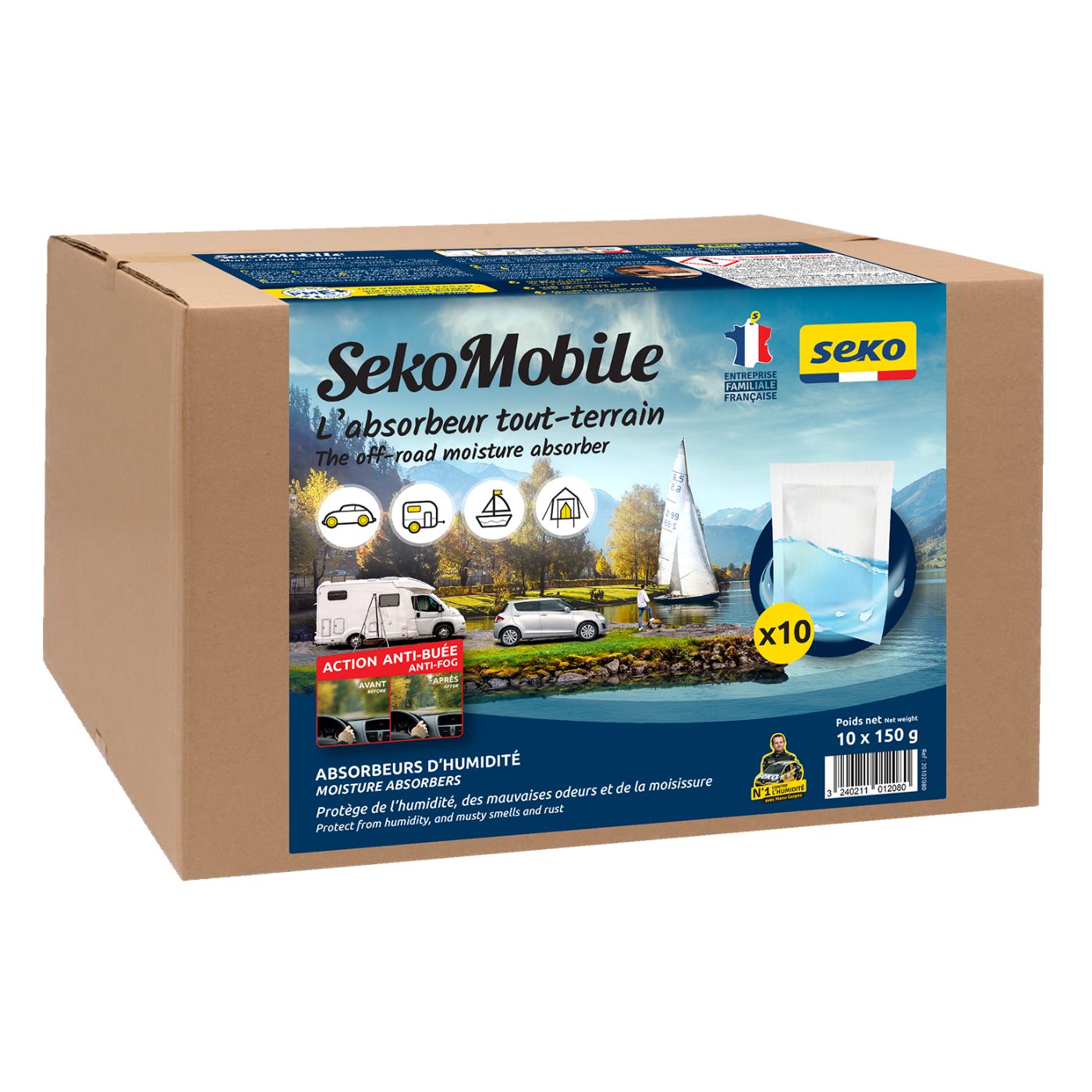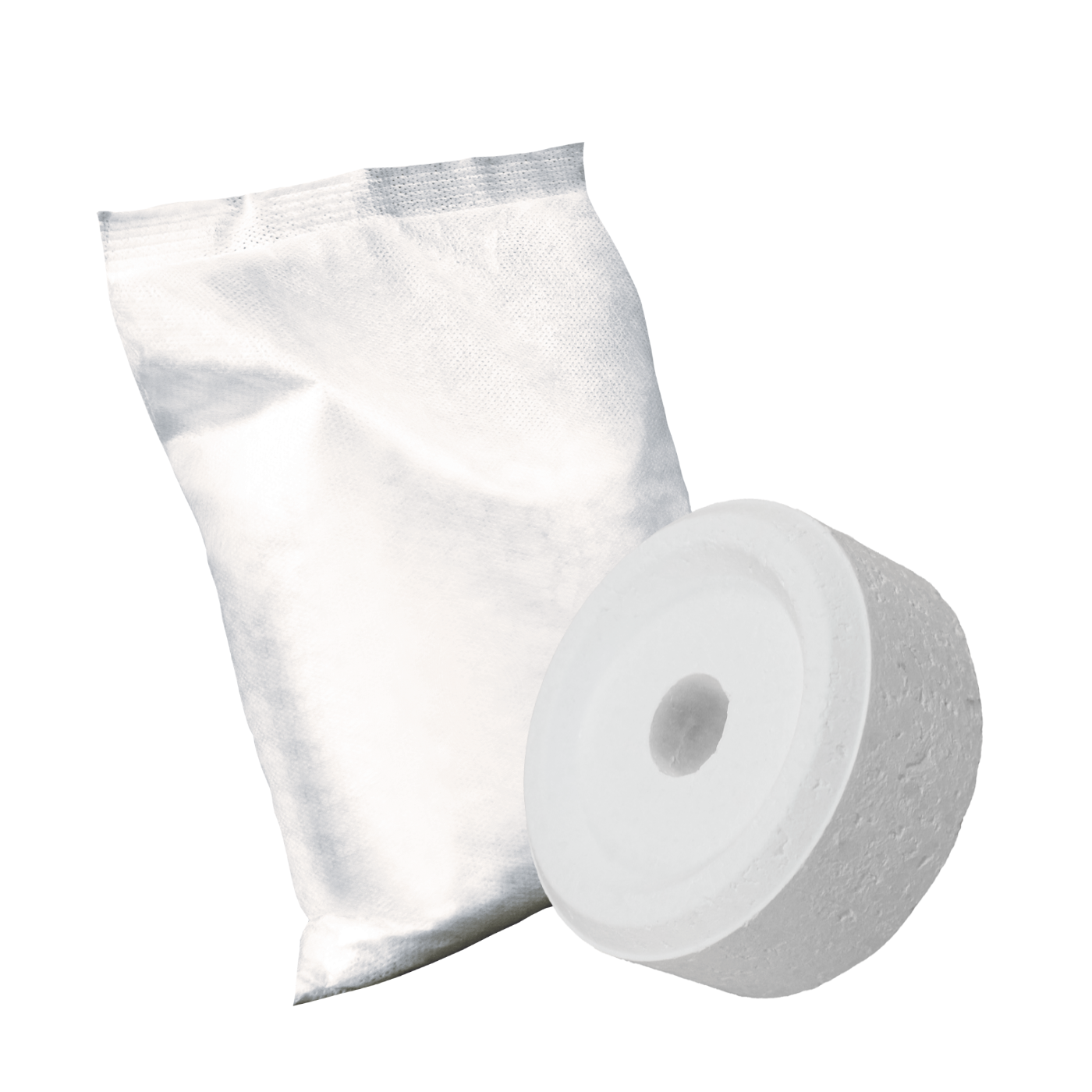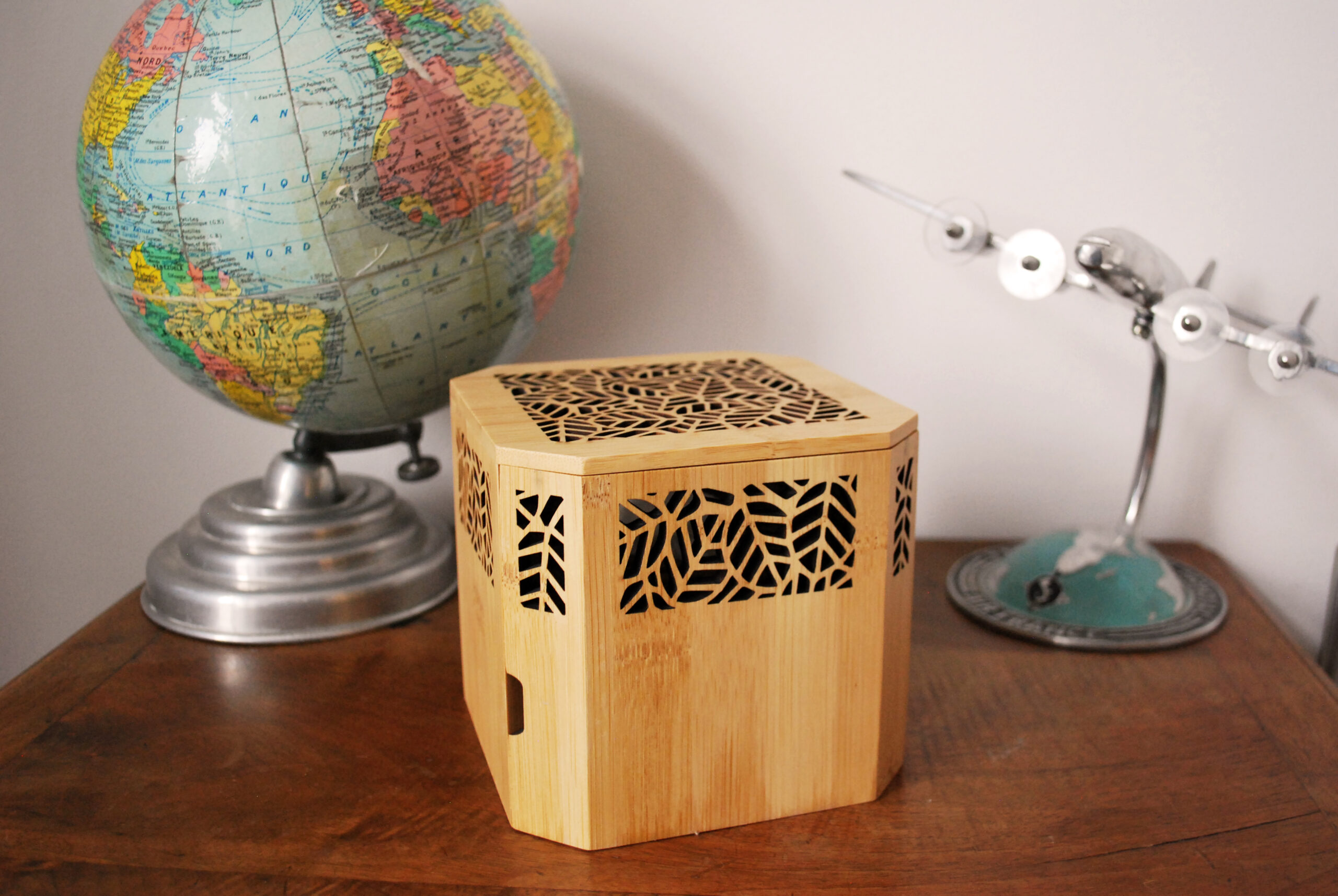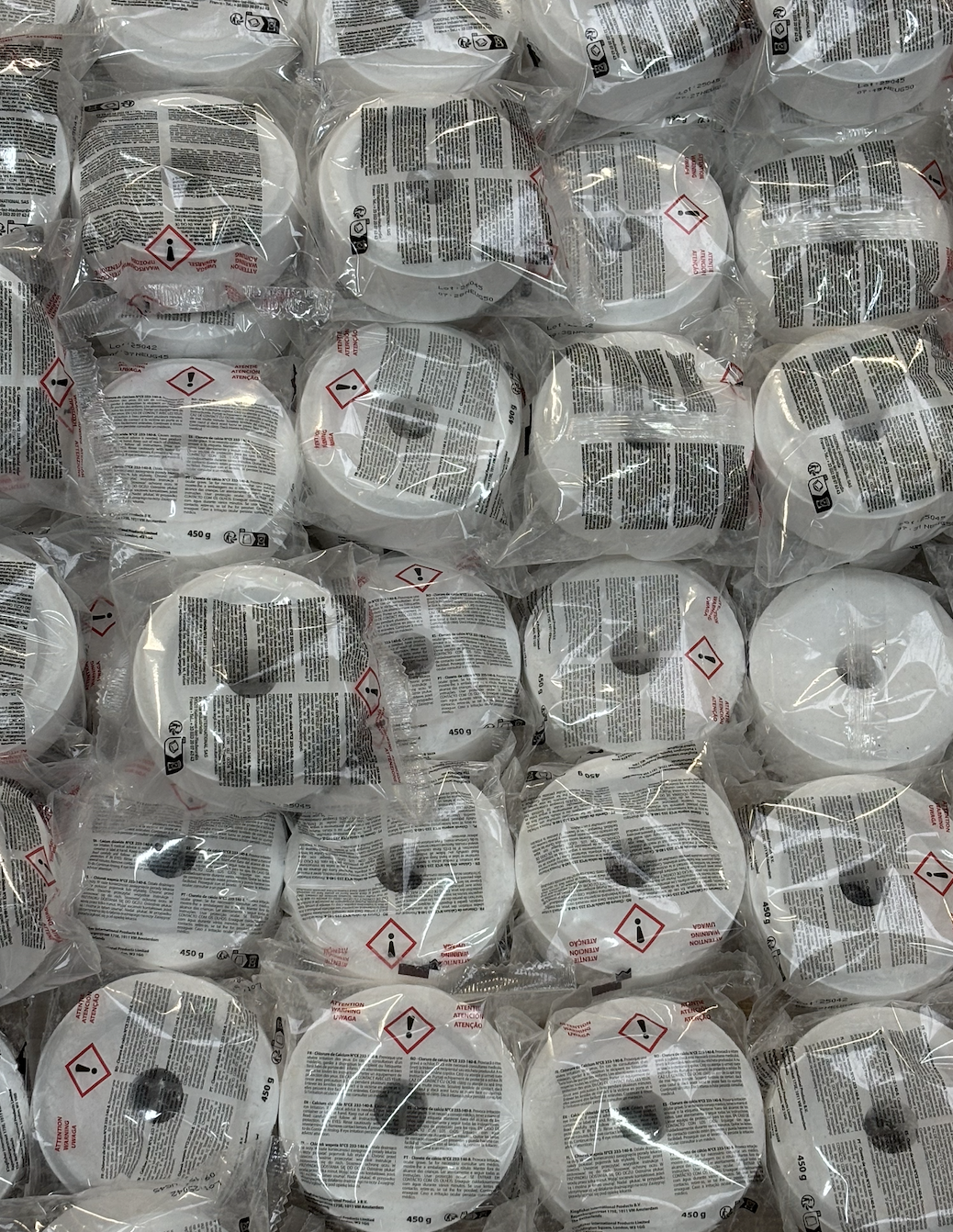Sea transport is a popular solution for shipping goods internationally. It involves a key challenge, however: managing moisture inside shipping containers. Often underestimated, this issue can cause significant damage to goods. Find out how to identify sources of moisture, understand their impact and, above all, how solutions offered by Sodepac can protect your goods effectively.
Identifying sources of moisture in shipping containers

Moisture from products and packaging
Moisture inside a shipping container can be caused by several factors. Firstly, the products transported and their packaging often contain residual moisture, which is released during transit. This phenomenon is exacerbated when goods are loaded in humid or wet weather conditions. Moreover, the transport itself, which takes place at sea, contributes to raising humidity levels in the air. This can also affect the quality of the goods. Additionally, any structural defects in the containers, such as damaged joints or cracks, may allow water to seep in. Together, these factors create the ideal environment for the development of condensation, a serious threat to sensitive goods.
Water infiltration and leaks
Inside shipping containers, moisture creates various problems which are often expensive. It can affect the quality of the goods, particularly if mould develops or metallic items are corroded. Packaging, especially cardboard or paper packaging, may be seriously damaged, compromising its protective role. Going beyond material issues, companies also face financial losses due to damaged goods and delivery delays, which affect customer satisfaction.
Impact of moisture on goods transported
Effects on product quality
Excessive moisture leads to the spread of mould, bacteria and yeasts, which can contaminate foodstuffs. Moreover, metal corrosion is a frequent problem, particularly for machines, spare parts and any other metallic materials transported.
Textiles and organic materials may be damaged both aesthetically and structurally: permanent staining, unpleasant odours or even torn fibres. Pharmaceutical and cosmetic products are often moisture-sensitive since their efficacy or stability can be compromised.
Financial losses and delivery delays
Finding goods damaged on arrival can lead to insurance claims, negotiations with customers and companies may even be forced to send out new goods. These delays affect your reputation and increase operating costs. Proactive moisture management is, therefore, a priority for maintaining competitivity and avoiding financial losses, which are often preventable.
Sodepac solutions to eliminate moisture in shipping containers
Sekodry moisture absorbers
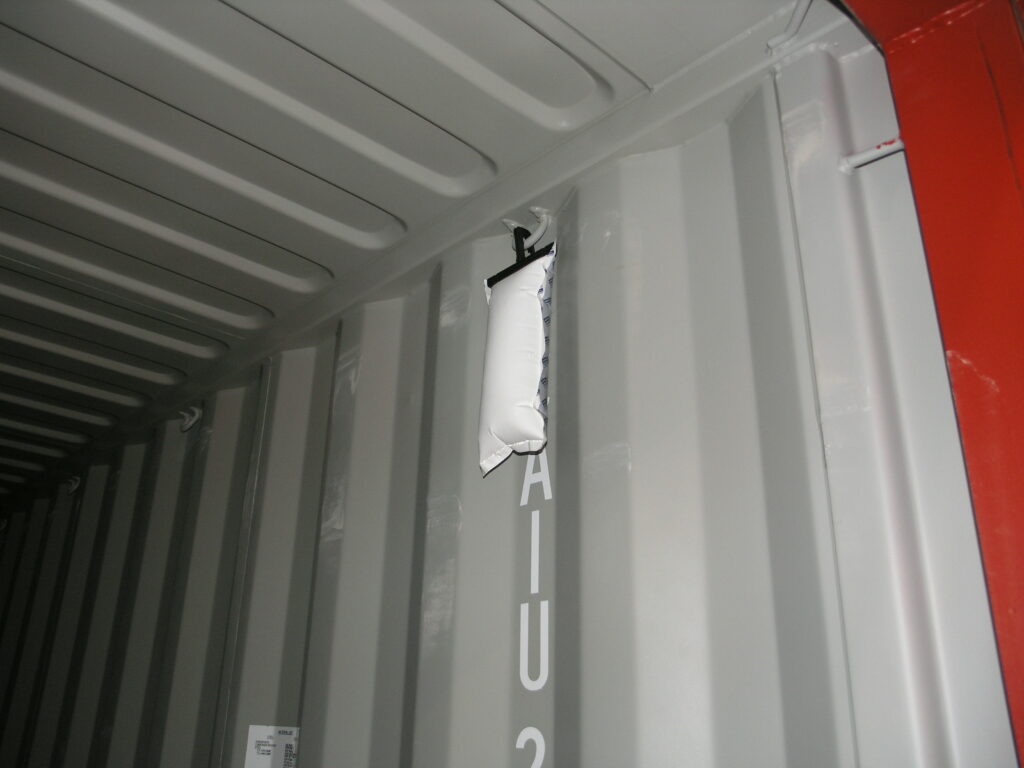
Sodepac has been innovating for over 50 years to provide effective solutions against moisture in shipping containers. Products in the Sekodry range are designed to fulfil the specific requirements of shipping companies and guarantee optimal protection of goods.
Sekodry moisture absorbers stand out due to their capacity to capture ambient moisture and trap it durably. These devices use advanced technology to prevent condensation from forming, even in extreme conditions.
Advantages:
- Drastic reduction of mould and corrosion risks
- Product quality is maintained, even after several weeks in transit
- Ease of installation and optimised usage cost
Sekodry desiccants
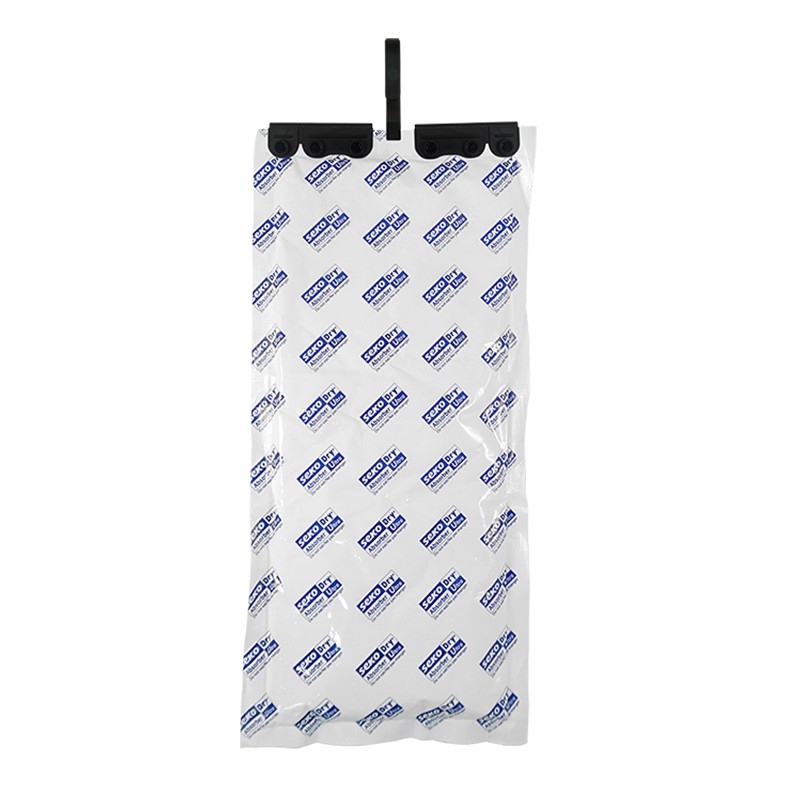
Sekodry desiccants offer a complementary solution by absorbing all the moisture present in the air inside finished products or semi-finished products transported in boxes. Their unique formula, using dehydrated clay, guarantees their performance, even in high-humidity environments.
Characteristics:
- Fast absorption of any moisture present in the air
- Suitable for a wide range of goods, including foodstuffs and pharmaceutical products
- Available in several different formats to fulfil specific requirements
Tips for optimal use of Sodepac products
For maximum protection against humidity in shipping containers, Sodepac recommends that you carefully inspect containers before loading, position Sekodry absorbers and desiccants strategically and package goods with waterproof or dehydrated materials to limit moisture.
To enhance this protection, we also recommend the use of protective cardboard sheets, placed on the floor and sides of the container. These sheets limit direct contact between the goods and the cold metallic container walls, thus reducing the risk of water formation. Combining these different solutions offers optimal protection for your cargo and reduces the risk of deterioration due to moisture during sea transport.

